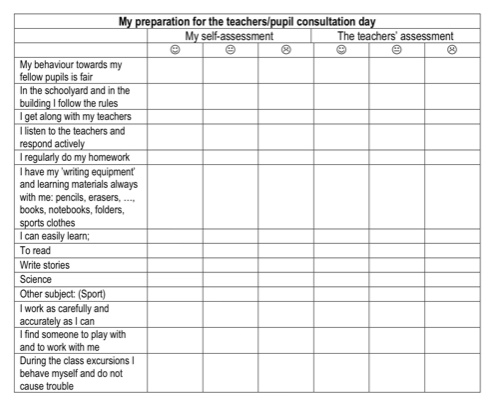PLE2010 – reflections on the review process
A quick update in my series of posts on our experiences in organising the PLE2010 conference. We received 82 proposals for the conference – far more than we had expected. The strong response, I suspect, was due to three reasons: the interest in PLEs in the Technology Enhanced Learning community, the attraction of Barcelona as a venue and our success in using applications like Twitter for virally publicising the conference.
Having said that – in terms of format in seems to me that some of the submissions as full conference papers would have been better made under other formats. However, present university funding requirements demand full papers and inhibit applications for work in progress or developing ideas in more appropriate formats.
For the last two weeks I have been organising the review process. We promised that each submission would be blind reviewed by at least two reviewers. For this we are reliant on the freely given time and energy of our Academic Committee. And whilst reviewing can be a learning process in itself it is time consuming.
Submissions have been managed through th open source Easychair system, hosted by the University of Manchester. The system is powerful, but the interfaces are far from transparent and the help somewhat minimalist! I have struggled to get the settings in the system right and some functions seem buggy – for instance the function to show missing reviews seems not to be working.
Two lessons for the future seem immediately apparent. Firstly, we set the length of abstracts as a maximum of 350 words. Many of the reviewers have commented that this is too short to judge the quality of the submission.
Secondly is the fraught issue of criteria for the reviews. We produced detailed guidelines for submissions based on the Creative Commons licensed Alt-C guidelines.
The criteria were:
- Relevance to the themes of the conference although this does not exclude other high quality proposals.
- Contribution to scholarship and research into the use of PLEs for learning.
- Reference to the characteristics and needs of learners.
- Contribution to the development of learning technology policy or theory in education.
- Links that are made between theory, evidence and practice.
- Appropriate reflection and evaluation.
- Clarity and coherence.
- Usefulness to conference participants.
However, when I sent out the papers for review, whilst I provided a link to those guidelines, I failed to copy them into the text of the emails asking for reviews. In retrospect, I should have attempted to produce a review template in EasyChair incorporating the guidelines.
Even with such explicit guidelines, there is considerable room for different interpretation by reviewers. I am not sure that in our community we have a common understanding of what might be relevant to the themes of the conference or a contribution to scholarship and research into the use of PLEs for learning. I suspect this is the same for many conferences: however, the issue may be more problematic in an emergent area of education and technology practice.
We also set a scale for scoring proposals:
- 3 – strong accept
- 2 – accept
- 1- weak accept
- 0 – borderline
- -1 – week reject
- -2 – reject
- – 3 – reject
In addition we asked reviewers to state their degree of confidence in their review ranging from 4, expert, to 0, null.
In over half the cases where we have received two reviews, the variation between the reviewers is no more that 1. But there are also a number of reviews with significant variation. This suggest significant differences in understandings by reviewers of the criteria – or the meaning of the criteria. it could also just be that different reviewers have different standards.
In any case, we will organise a further review procedure for those submissions where there are significant differences. But I wonder if the scoring process is the best approach. To have no scoring seems to be a way fo avoiding the issue. I wonder if we should have scoring for each criteria, although this would make the review process even more complicated.
I would welcome any comments on this. Whilst too late for this conference, as a community we are reliant on peer review as a quality process and collective learning and reflection may be a way of improving our work.

